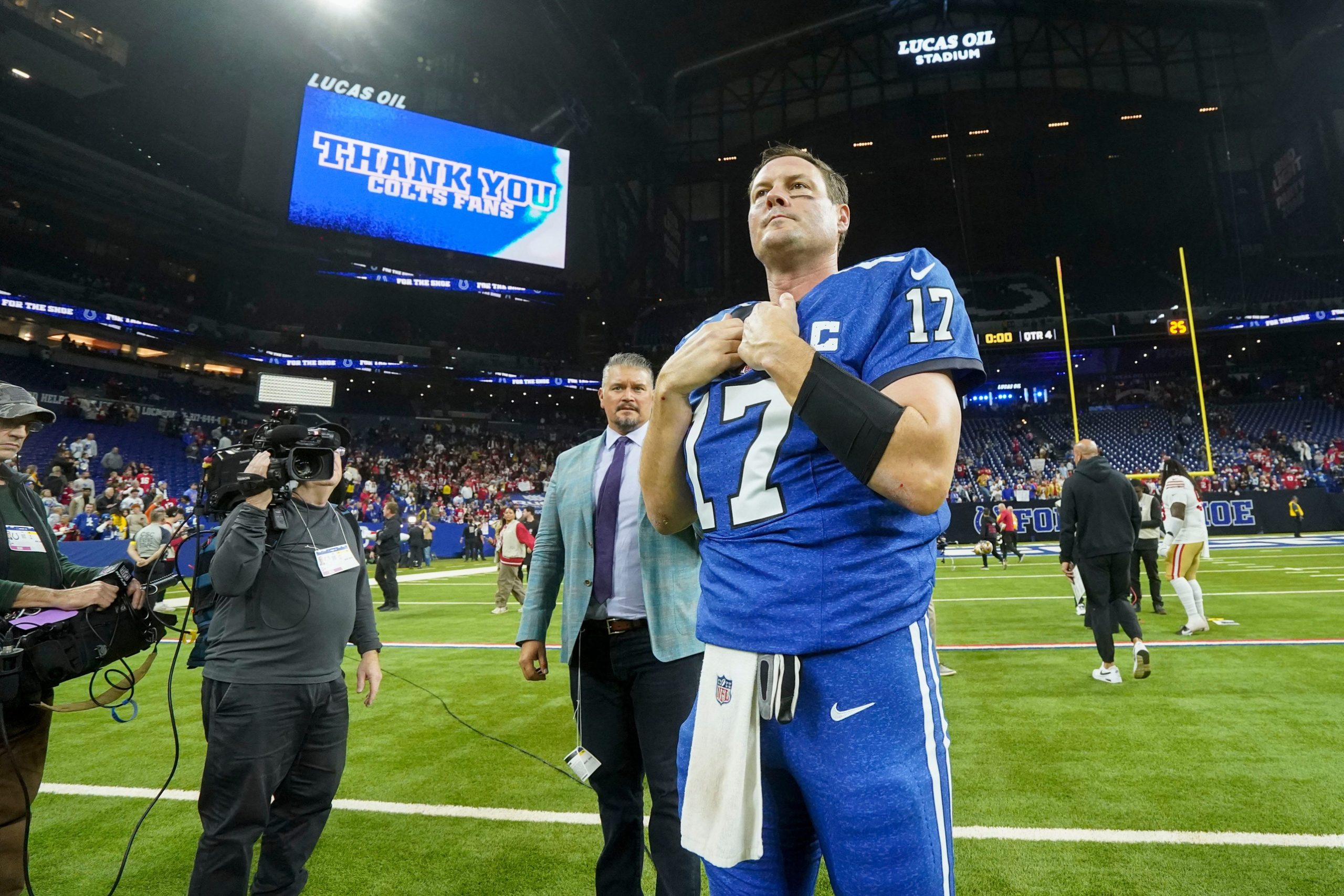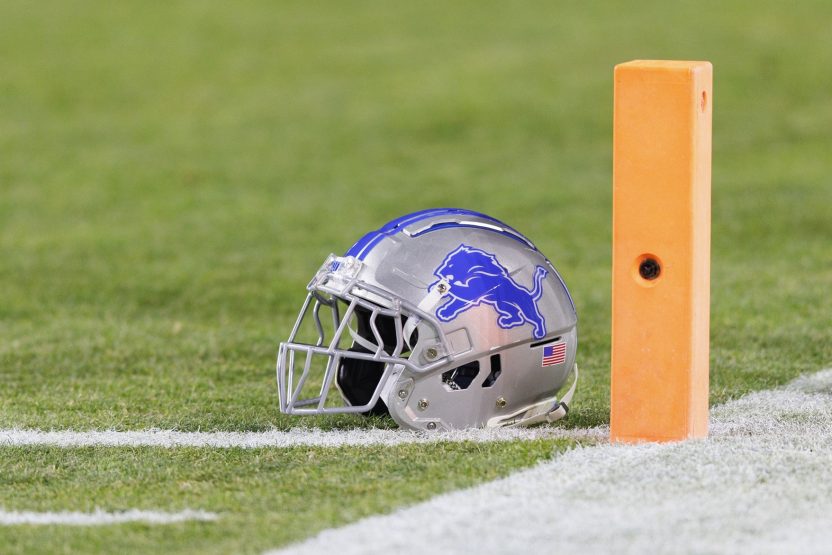
Did you hear that? The sound of 7300 fans leaving a gym stunned?
Did you see that? An 82-game winning streak coming to an authoritative end?
Unless you have EspnU and really care about women’s college basketball, the answer is most likely, no. No you didn’t.
And it wasn’t necessarily because you didn’t want to or wouldn’t have wanted to, it’s because you most likely didn’t have the option to.
Saturday, the number 2 ranked University of Connecticut put on a defensive clinic against number 1 ranked Stanford winning by a final score of 61-35. UConn forced the Cardinal into shooting 19% from the field and held All-American Chiney Ogwumike to 6-22 shooting, on the way to 18 points. Thing about those 18 points, no other Cardinal reached double figures.
The soon-to-be-top-ranked UConn Huskies were led by Kaleena Mosqueda-Lewis’ 19 points and a trio of Huskies also with double figures.
But what is lost in the basic round up of stats and summaries from the game is a bigger issue presenting itself in the business of sports.
Conglomeration of coverage is killing any non-mainstream sport.
The fact that the ESPN covers women’s college basketball is normally seen as a good thing. Both for the growth of the game and the maintenance of its current fan base. But when ESPN has to make a programming decision between two college football bowl games and a women’s basketball game, all at the same time, their choice is clear.
On ESPN there was the Pinstripe Bowl, featuring West Virginia and Syracuse. At the game’s conclusion, both teams’s finished their seasons 7-5. On ESPN2 viewers could watch the Fight Hunger Bowl, showcasing the mediocre seasons of Navy (8-4) and Arizona State (7-5). There isn’t a case to be made that college football isn’t more popular than women’s college basketball—or any other collegiate and many professional sports for that matter—but there is a case to be made about having the option to choose. When one network owns all the content, inevitably there will be one network determining who sees what.
Sources both at ESPN and UConn confirmed that the network tried to move the game so that they could feature it more prominently. Ultimately, Stanford declined and wanted to keep the game at its scheduled time slot. In all ironies, most sources point to Stanford wanting to make the game more accessible for alumni who were planning on departing for the Rose Bowl at the end of the women’s basketball game.
Regardless, the choice should never have had to be made. Stanford should be able to schedule games that are best suited for them as a university and if they have the number one team in the country, even more power to them. UConn has long been the gold standard in the game in both entertainment and success and when pressed UConn Head Coach Geno Auriemma acknowledged the issue, but also was clear that he felt no fault fell to the network.
The fans who were at the game were witnesses to history. It was the first time in 82 games at Maple Pavilion that saw the Cardinal leave with their heads bowed in defeat. It was also the first time UConn had won a game at Maple Pavilion. Besides that the game didn’t live up to much of the hype. Auriemma summed it up by saying two very good teams played each other in December and one of them won. He was glad it was his team and he wasn’t afraid to show it.
There was a moment in the second half the sealed the game for UConn. A perfectly designed play ended with the ball being swung out to Mosqueda-Lewis who drained the 3 from the corner. Auriemma pumped his fist and even gave a swift leg kick in celebration. Yes, there would be a new number one in women’s basketball, its just a shame, you probably didn’t get to see it.
[Scott Christopher is a guest writer on Cosby Sweaters, much more to come]







About Chris Partlow
Recent Posts
Justin Herbert remembers 2024 playoff embarrassment
"No one felt worse than I did after that game."
Philip Rivers not able to do enough in impressive showing
"I'm torn on how to express it."
Lions not blaming refs after crucial loss
"And at the end of the day, that's on us."
Caleb Williams shines in OT thriller
"I knew it was good."
Giannis Antetokounmpo focused on current teammates, health
"I'm still locked in."
Puka Nacua apologizes: ‘I had no idea’
"I deeply apologize to anyone who was offended."